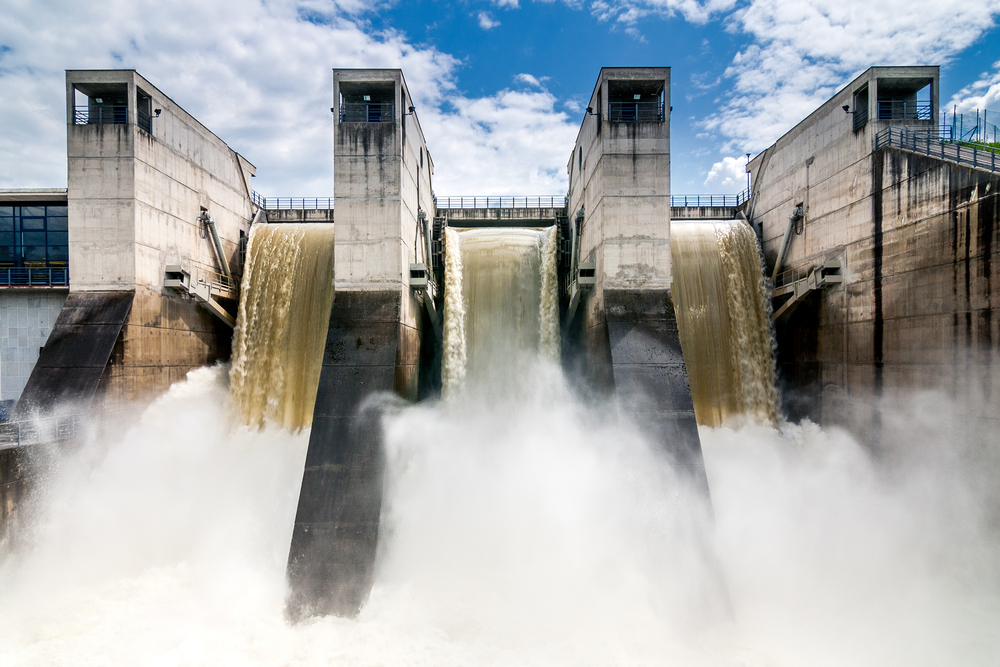Report examines non-powered dams, hydroelectric conversion

Thirty-two dams that currently do not generate electricity are expected to be converted to hydroelectric dams, according to the Energy Information Administration’s (EIA) most recent electric generator inventory.
The effort would add more than 330 megawatts (MW) of electric generating capacity to the grid over the next several years. The United States has more than 90,000 dams, but only 3 percent of those currently support hydroelectric generators.
The generators have a total hydroelectric capacity of nearly 80,000 MW as of February 2019, per officials, adding other dams are used solely for water management or navigational purposes and are referred to as non-powered dams (NPDs).
The analysis revealed recent NPD presents growth is notable because conventional hydroelectric generation capacity growth has been relatively modest across the United States.
Incremental capacity changes are comparatively small on a national level but can be more meaningful on a state and watershed level.
If the conversion concepts come to fruition, officials said the Ohio River would gain 66 MW and reach a total operational capacity of 750 MW – which represents an increase of nearly 10 percent. Other rivers such as the Red River in Louisiana and the Allegheny River in Pennsylvania would also increase hydroelectric capacity by 49 MW and 9 MW, respectively.
